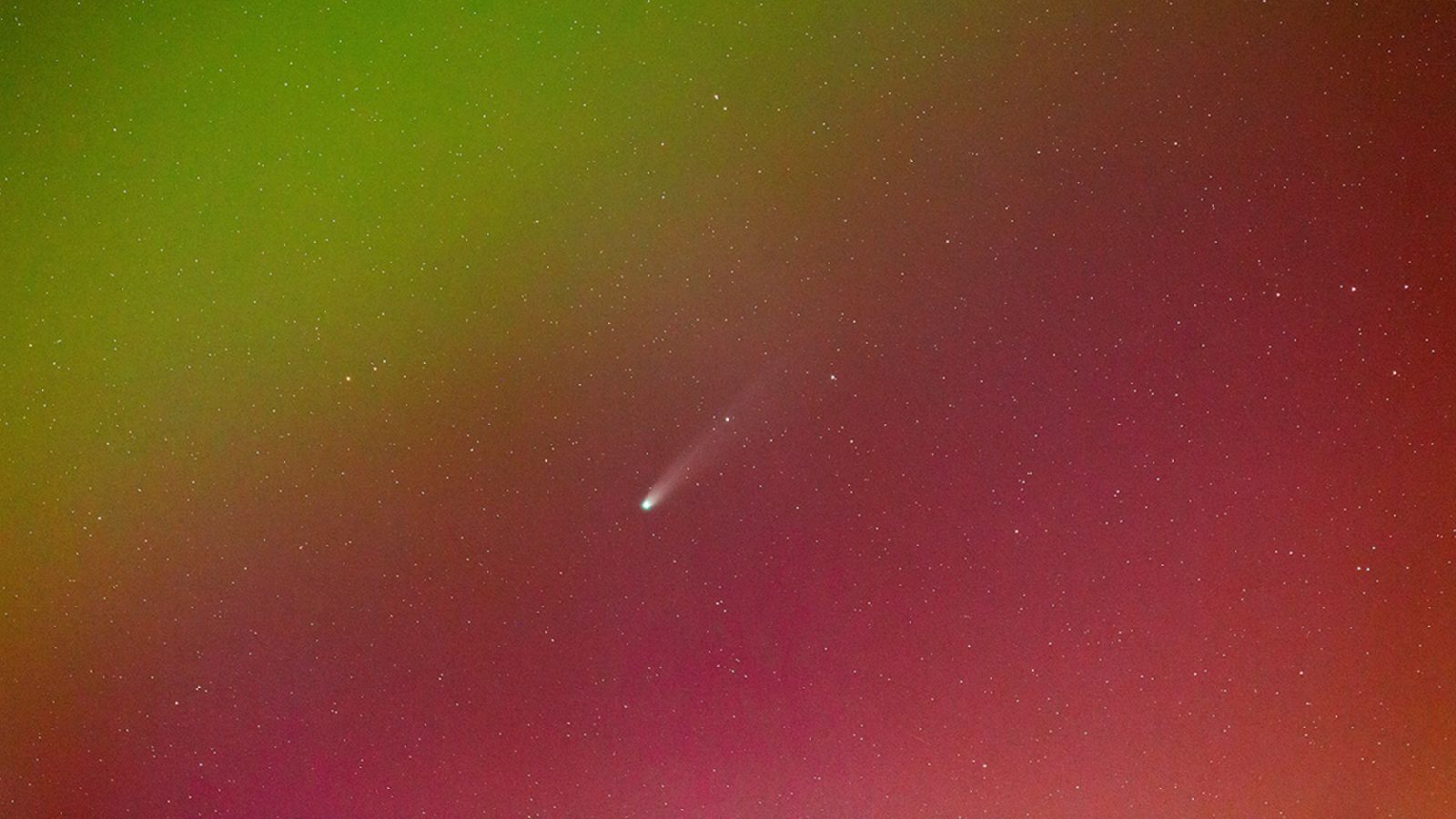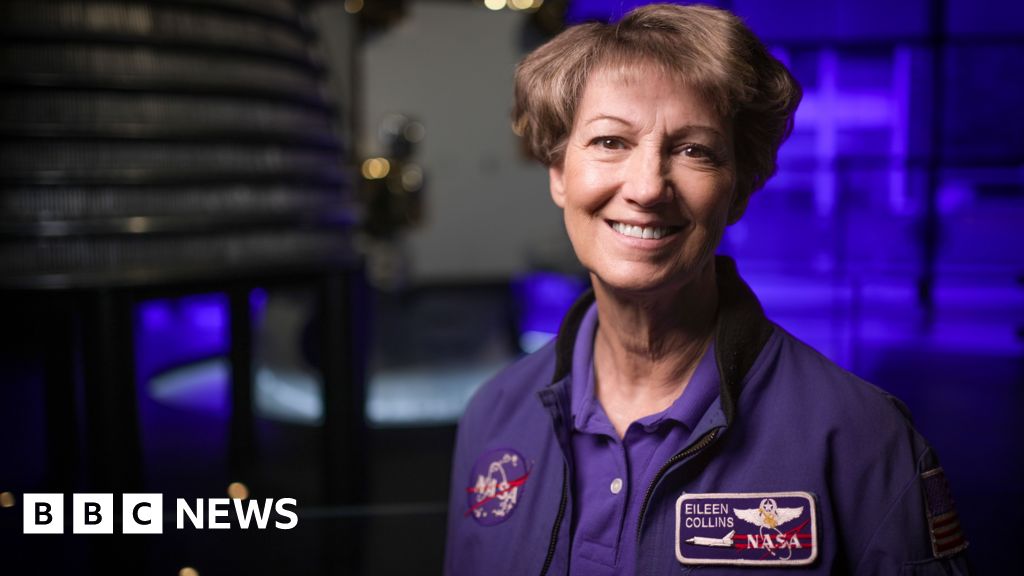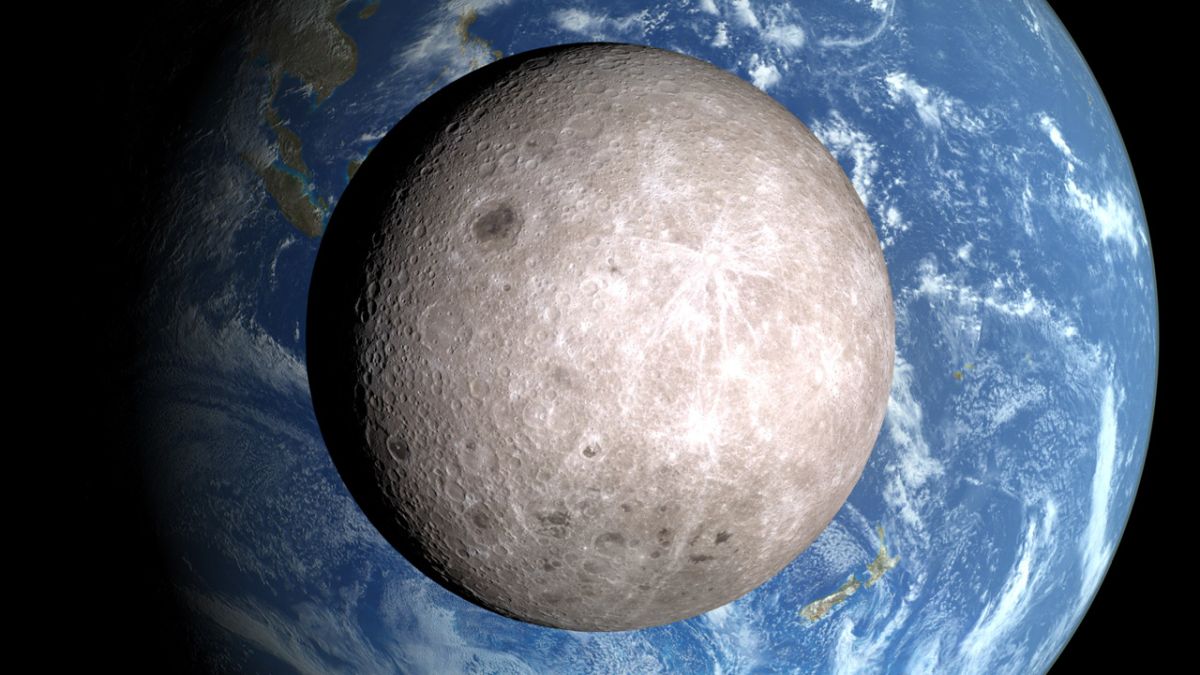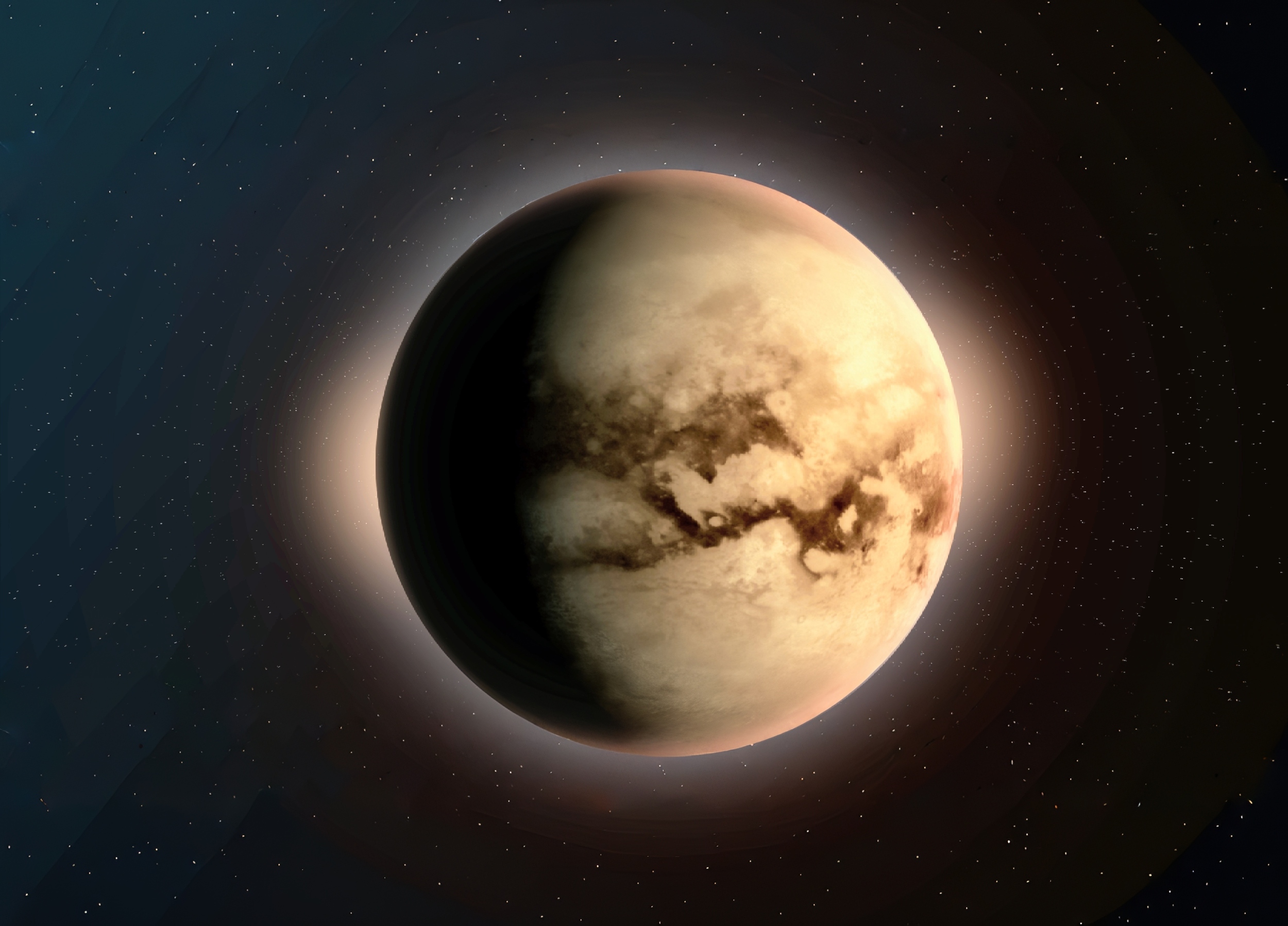Unbelievable Discovery: Spacecraft Could Sample Interstellar Comet’s Tail!

Imagine being on the brink of uncovering secrets from a comet that traveled across the cosmos! Scientists are now eyeing the chance to study the tail of 3I/ATLAS, an interstellar visitor, as it makes its way through our solar system. Recently discussed in a paper by Samuel Grand and Geraint Jones, two spacecraft—Hera and Europa Clipper—might just capture crucial data from this celestial wanderer.
3I/ATLAS has captured our imagination, sparking wild theories, from the absurd notion of it being an alien spacecraft to practical suggestions for observing it through Martian probes. The latest research proposes a compelling idea: using these two spacecraft already on missions to different destinations to detect the ions streaming from the comet's tail.
Hera is heading towards Didymos-Dimorphos, while Europa Clipper is en route to study Europa, one of Jupiter’s icy moons. Remarkably, both will pass just downwind of 3I/ATLAS within the next two weeks! Hera will have a window from October 25th to November 1st, and Europa Clipper from October 30th to November 6th.
However, conducting a rapid experiment in such a short timeframe poses its challenges. Yet, sometimes science demands us to make the most of what we have, and these spacecraft could be our prime candidates for gathering data on an interstellar comet's tail.
The tail of 3I/ATLAS has been expanding significantly since the comet’s discovery in early June, recently revealing “gushing” water, which hints at a mass of water particles and ions trailing behind. Although it has drifted out of sight from Earth-based observations, its tail is expected to grow as it approaches perihelion on October 29th.
The task of passing through the comet's tail isn’t straightforward—it requires navigating through the solar wind, which pushes particles away from the sun along a curved path. To strategize this, researchers utilized a model known as “Tailcatcher,” which predicts where the comet's ions might travel given various solar wind speeds.
Despite some uncertainties, the calculations suggest that both spacecraft, while millions of kilometers away from the tail’s central axis, can still collect valuable data about the ions. Hera will be approximately 8.2 million kilometers away, while Europa Clipper will be about 8 million kilometers from the axis, yet that distance could still allow for significant observations.
However, Hera lacks the instrumentation to detect ions or the magnetic structures present in the comet's atmosphere. On the flip side, Europa Clipper possesses the necessary equipment, such as its plasma instrument and magnetometer, essential for capturing these elusive particles and the accompanying magnetic field changes.
The challenge now is whether mission controllers can act swiftly enough to adjust the spacecraft’s trajectory for this unprecedented opportunity. If they manage to do so, they could become the first humans to directly sample an interstellar comet’s tail—an achievement that would be a monumental addition to our cosmic knowledge.
Stay tuned as we follow this incredible journey, blending serendipity with scientific ambition!



























